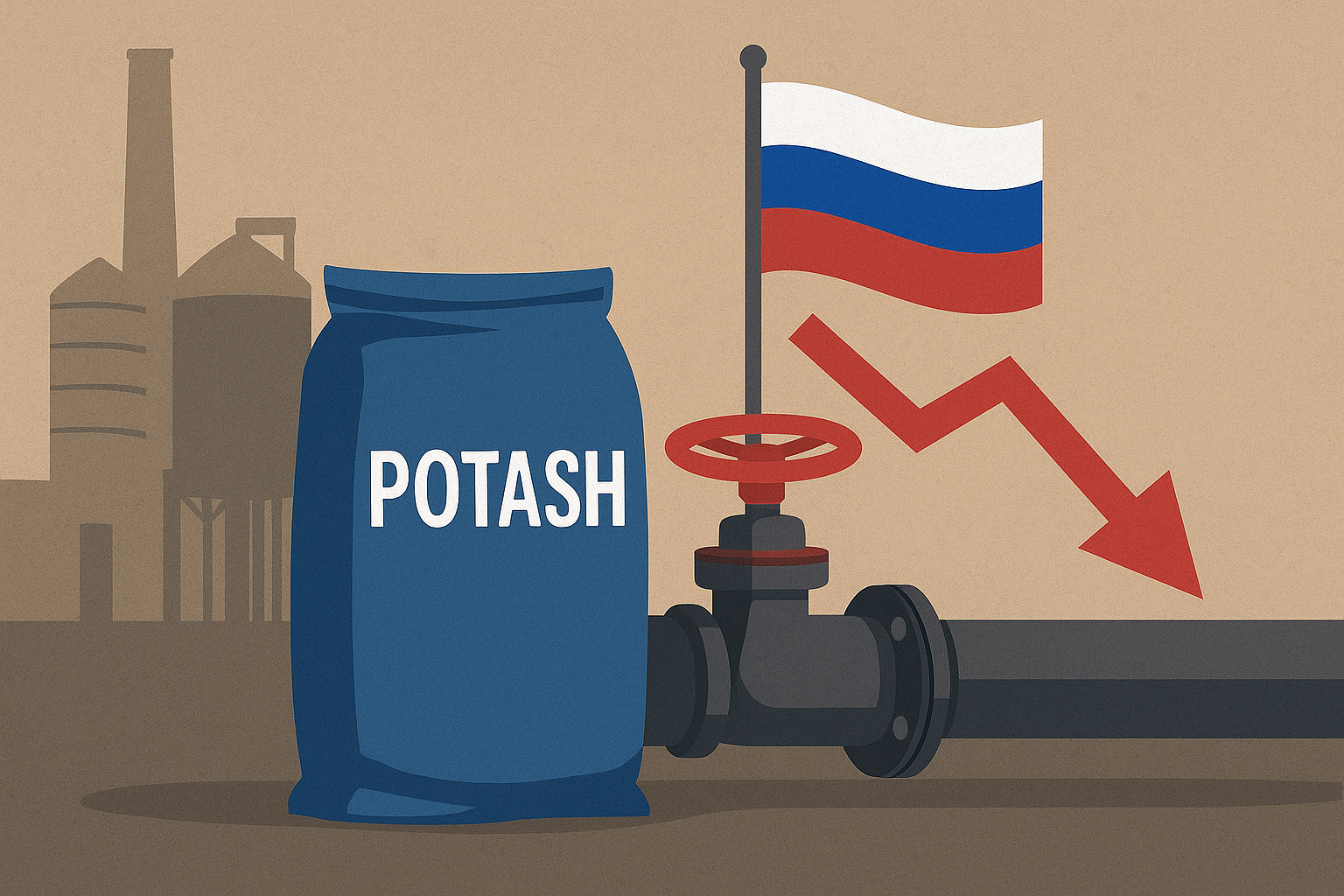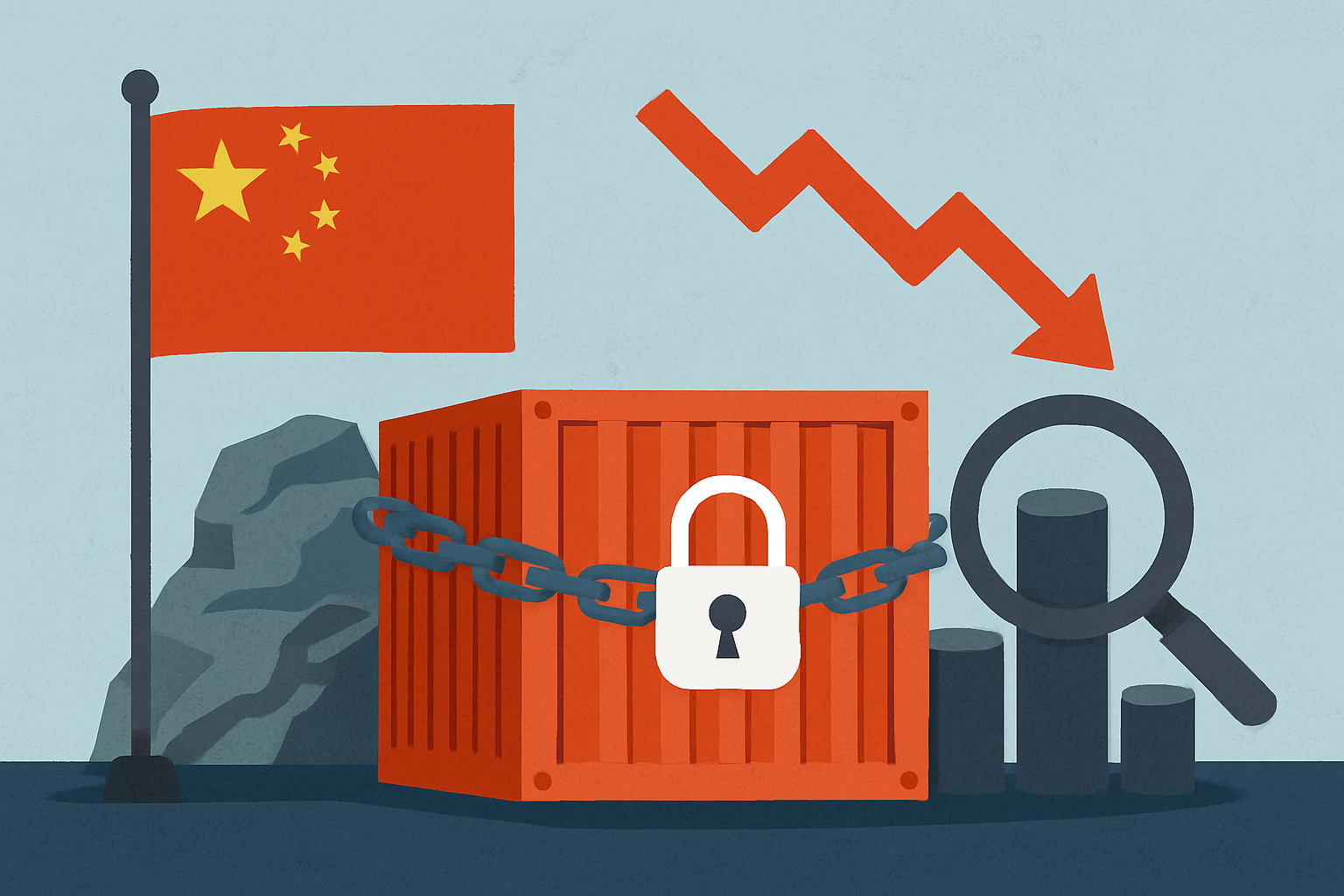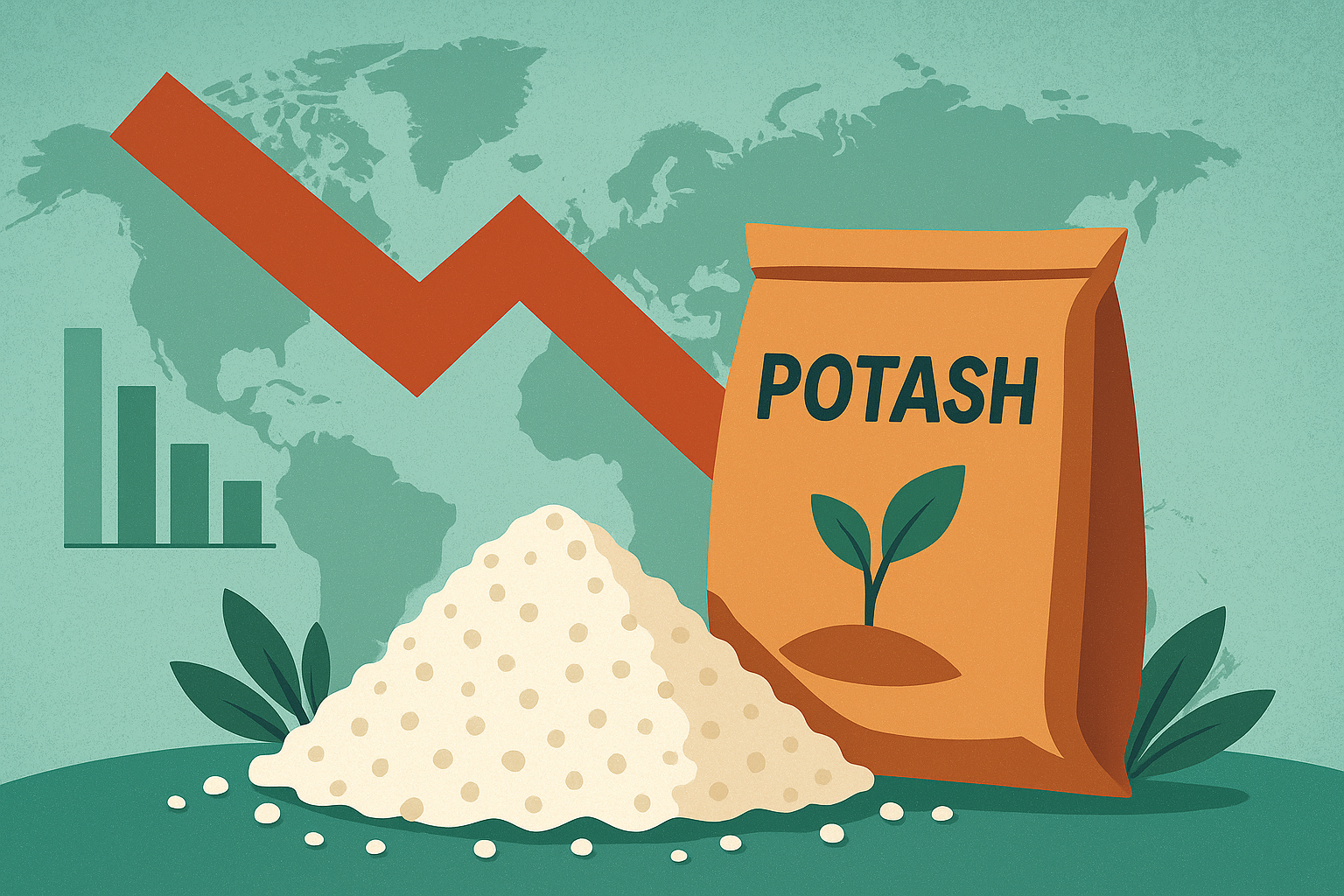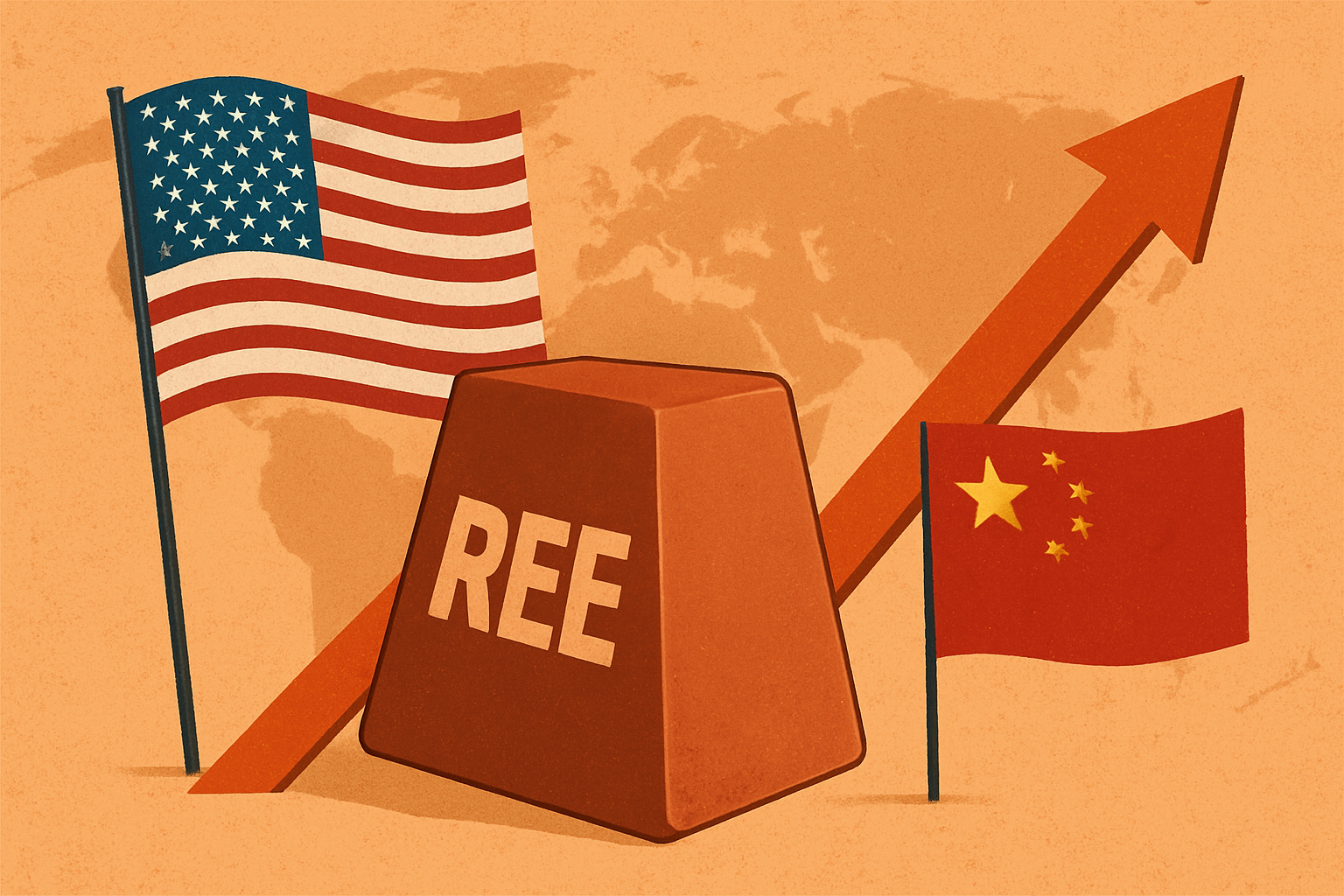The global race for critical minerals has entered a new phase as governments in the United States and Australia ramp up direct involvement in strategic supply chains. In a move that underscores the growing recognition of these materials as national security assets, the U.S. government has announced a 5% equity stake in Lithium Americas and its joint venture with General Motors at the Thacker Pass lithium project—one of the largest lithium deposits in North America (Reuters). At the same time, Australia is preparing to sell shares in its newly formed critical minerals reserve to allied nations, effectively opening the door for foreign investors to gain structured exposure to rare earths and strategic metals (Reuters).
With demand for electric vehicles, renewable energy, and advanced technologies intensifying, these developments highlight a significant policy shift: governments are no longer passive observers of mineral markets—they are emerging as active investors and facilitators.
Why This Matters for Investors
The stakes in critical minerals are far more than commercial. Lithium, rare earths, and other strategic metals are foundational to EV batteries, grid-scale storage, defense technologies, and advanced electronics. Recent market volatility and supply chain disruptions have shown how vulnerable global industries are when these inputs are concentrated in limited geographies.
- Lithium Americas (NYSE: LAC), already in partnership with GM, will now benefit from government-backed capital that reduces financing risk and bolsters investor confidence in project execution.
- Australia’s initiative to structure its critical minerals reserve as an investable vehicle signals a new opportunity for institutional and sovereign wealth investors to gain stable exposure to the sector.
Together, these moves point toward an institutionalization of the critical minerals space, where public-private partnerships blur the traditional lines between government and capital markets.
A Policy Shift: From Market Commodity to Strategic Asset
Historically, critical minerals were treated as niche commodities, but the geopolitical landscape has changed. The International Energy Agency (IEA) projects that demand for lithium alone could grow over 40x by 2040 under clean energy transition scenarios. Rare earth elements, vital for wind turbines and defense applications, are similarly expected to face supply shortfalls unless new investment is unlocked.
- The U.S. role: By taking a direct equity position, Washington is signaling it will not rely solely on private capital or market forces to secure supply chains.
- Australia’s approach: By offering equity stakes in its reserve, Canberra is reinforcing its role as a trusted supplier to allies seeking to diversify away from Chinese dominance in rare earths.
This convergence of industrial policy and investment opportunity marks a structural turning point in the resource sector.
Future Trends to Watch
- Expansion of State-Backed Deals
Investors should expect more instances where governments take minority stakes, extend loan guarantees, or secure offtake agreements to support key projects. Similar patterns could emerge in nickel, cobalt, and manganese markets. - Increased Regulatory Scrutiny
With national security framing the debate, cross-border transactions involving strategic minerals may face tighter oversight. Export controls, foreign investment reviews, and restrictions on technology transfer are all likely to expand. - Emerging Investment Vehicles
Australia’s critical minerals reserve could serve as a model for new public-private funds, ETFs, or special purpose vehicles dedicated to strategic commodities, broadening access for institutional investors.
Key Investment Insight
For investors, the clear takeaway is that critical minerals are shifting from speculative plays to government-backed strategic bets. Companies aligned with national priorities are more likely to enjoy derisked financing, long-term offtake certainty, and premium valuations.
However, the flip side is that political interference and regulatory restrictions may limit flexibility. Investors should carefully evaluate jurisdictional stability, government policy signals, and the potential for capital flow constraints before committing.
As the global energy transition accelerates, the line between industrial policy and financial opportunity continues to blur. For investors seeking long-term exposure to secular trends in clean energy, defense, and advanced manufacturing, critical minerals now sit at the intersection of strategy and opportunity.
Stay tuned with explorationstocks.com for daily investor insights on commodities, energy, and mining—your trusted source for actionable market intelligence.






